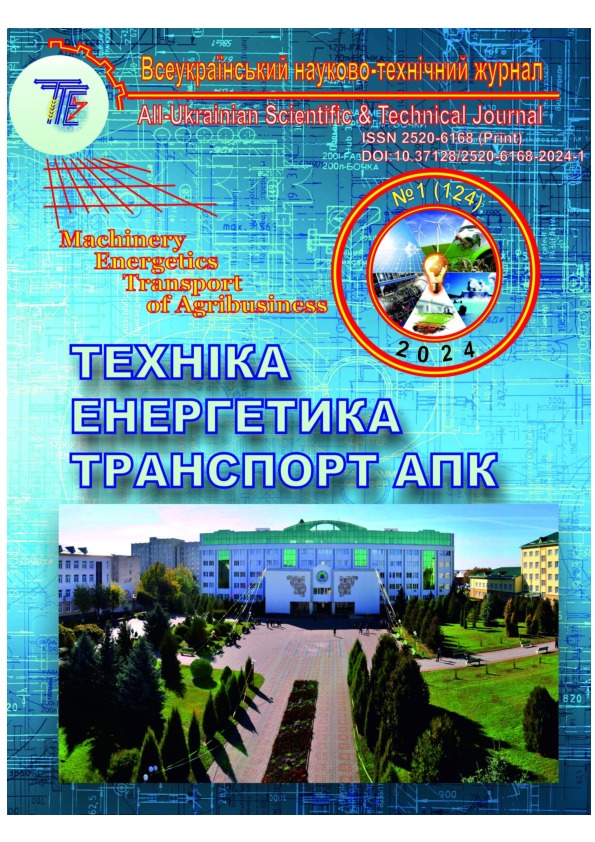id: 36059
Title: Application of thermal anemometry for turbulent flow assessment
Authors: Kaletnik G., Yanovych V., Lutkovska S., Polievoda Y., Solona O.
Keywords: thermal anemometry, heat transfer, turbulent flow, sensor types, calibration, linearization approaches
Date of publication: 2024-05-22 10:47:42
Last changes: 2024-05-22 10:47:42
Year of publication: 2024
Summary: This paper is devoted to a review of the physical principle and effective methodology of thermal anemometry. Its uniqueness lies in the ability to realize a comprehensive high-frequency assessment of the dynamic and thermal state of the turbulent flow. It is worth noting that the American Nobel Prize winner in physics Richard Feynman called turbulence "the most important unsolved problem of classical physics", since there is no direct description of this phenomenon according to classical principles. Therefore, its physical interpretation is still considered one of the six most important mathematical issues of our time. Thus, despite its long history, thermal anemometry remains one of the leading techniques for studying of turbulent flow. Which has a significant impact on hydromechanical and heat-mass exchange processes, particularly in food technology. One of the most common types of thermal anemometry is the Hot-Wire anemometer, where a thin platinum wire is used as a sensor. The principle of operation of the anemometer is to maintain a constant heating of the wire while it is cooled by the surrounding flow of liquid or gas. Thus, the power required to compensate for the thermal state of the sensor wire correlates with the flow rate. The first part of the paper is devoted to the description of the physical principles of thermal anemometry, its advantages and limitations. In particular, special attention is paid to the mathematical interpretation of the heat transfer process between the incremental element of the sensor wire and the surrounding flow. After that, the paper provides a detailed analysis of the design features and practical application of various types of wire sensors. Finally, the last section discusses the calibration methodology and various approaches to the linearization procedure of the obtained calibration curves. Among them, the linearization method based on the Collis-Williams law deserves special attention, since it provides highly accurate interpolation of calibration data and takes into account the temperature compensation of the sensor.
URI: http://81.30.162.23/repository/getfile.php/36059.pdf
Publication type: Статті у наукових фахових виданнях України (Copernicus та інші)
Publication: Техніка, енергетика, транспорт АПК. 2024. № 1 (124). С. 5-15. DOI: 10.37128/2520-6168-2024-1-1
In the collections :
Published by: Адміністратор
File : 36059.pdf Size : 3756447 byte Format : Adobe PDF Access : For all

| |
|
|